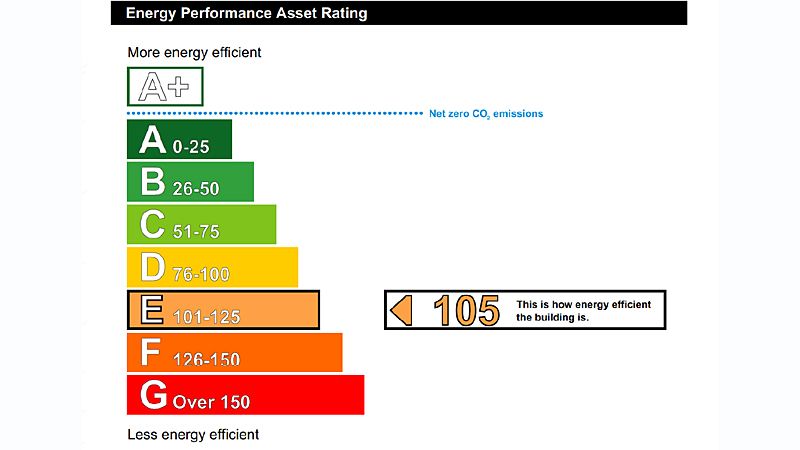The Energy Act 2011 will see updated energy efficiency standards that will make it unlawful to let commercial and residential properties in England & Wales where they do not meet a minimum EPC rating of ‘E’.
After this date, new lettings cannot take place at properties with an EPC score lower than ‘E’, unless either the transaction or building meets certain criteria. Exceptions include lettings of less than six months or more than 99 years, and properties such as places of worship, temporary buildings, and those that are not heated or ventilated using power.
However, a considerable number of properties will be at risk, with current estimates suggesting that up to 20% of non-domestic properties will fall below the new minimum standard. There are significant implications for landlords, as well as any occupiers who wish to assign or sub-let, as some properties will require major upgrades to meet the minimum EPC score.
The prospect of financial penalties, where the new legislation is breached, will no doubt result in a large number of properties being removed from the letting market until such time that the necessary improvements are made.
Wider implications include an impact upon both property valuations, particularly where lettability is affected, and dilapidation claims, which may be superseded by the work required.
In order to minimise disruption, it is strongly recommended that landlords look to procure an EPC Assessment for each of their properties, and where ratings fall beneath the minimum threshold, a plan is put in place to remedy the deficiencies. Future planning on this basis can allow landlords to programme the work to take advantage of lease breaks, naturally occurring void periods or any long term maintenance programmes.
Looking beyond 2018, future changes to be mindful of include the possible raising of the minimum standard above ‘E’, and in particular, the cut off date of 31st March 2023, after which an existing tenancy cannot continue in a property which does not meet the minimum standards.
Time to start reviewing your property stock, the clock is ticking…





